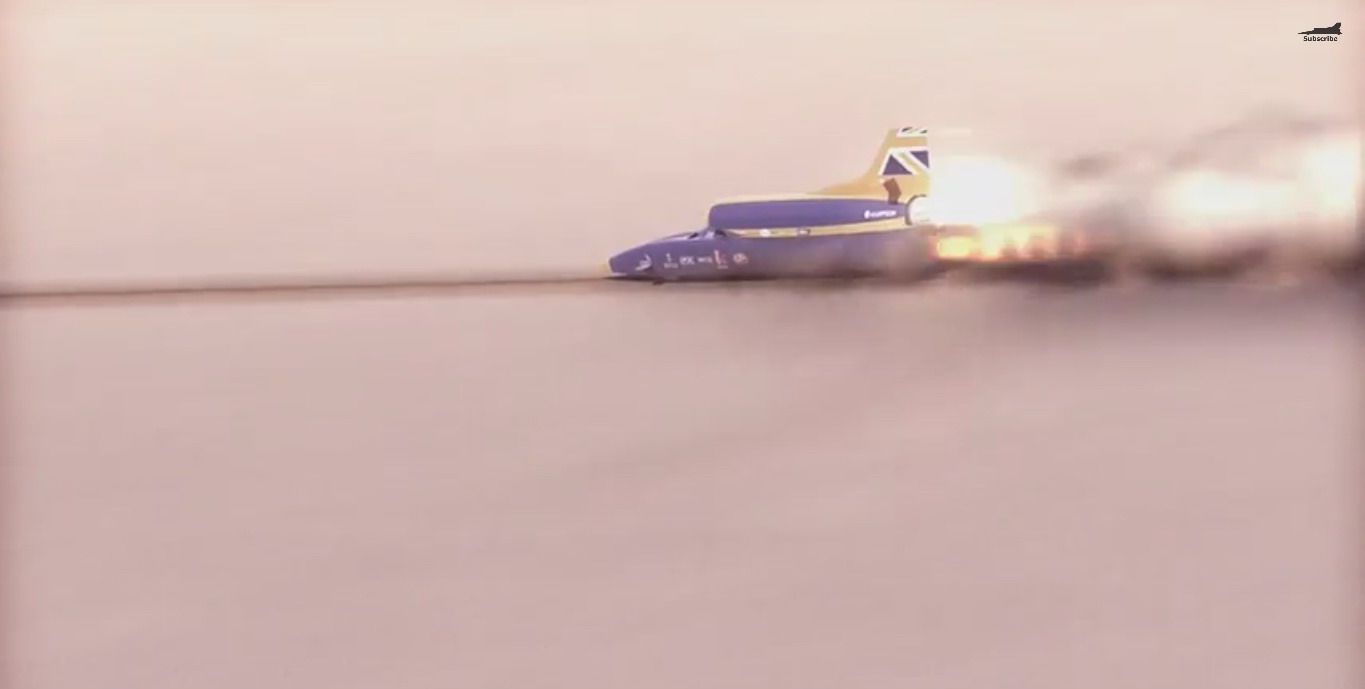Driven by a former fighter pilot and currently in the final stages of development, the Bloodhound SSC's goal is to match or exceed 1,000 mph on the way to breaking the world land speed record. Faster by a whooping 33 percent than its predecessor, which was coincidentally also driven by Andy Green, the supersonic vehicle will need to pass a number of rigorous tests before given the go-ahead to attempt the record run.
With driver/pilot safety being a great concern at supersonic speeds, two lightweight composite panels made out of millions of woven glass fibers have been fitted on each side of the cockpit. The team behind the project recently tested the safety panels, and the best way to do it was to fire a projectile with 29 Kilojoules of energy at one. Apparently, that is the equivalent of a cricket ball smashing at the Bloodhound SSC's->ke4876 side at 2,000 mph. Keep in mind that a cricket ball is slightly smaller, but much harder and heavier than a baseball.
Looking quite different than the Thrust SSC, which broke the sound barrier back in 1997, the Bloodhound SSC gets its speed from three powerplants. A jet engine from a Eurofighter Typhoon is in charge of taking it to 300 mph, after which a hybrid rocket will push the model up to its top speed. A Jaguar->ke39 V-8 engine is used as an auxiliary power unit to drive the electrical system and the oxidizer pump for the rocket.

